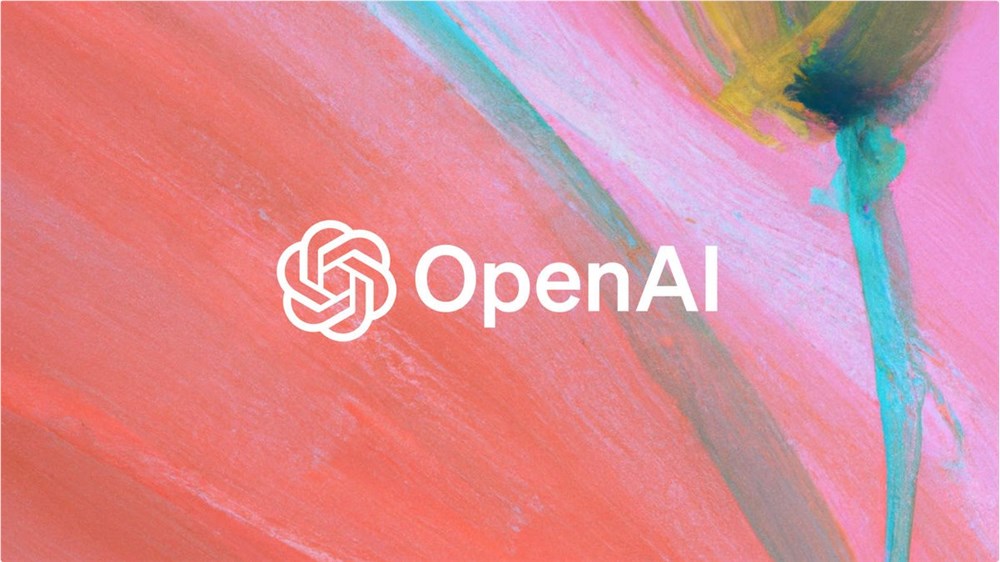According to The Information, OpenAI plans to invest an additional $100 billion over the next five years to rent backup servers. This ambitious investment plan is expected to result in OpenAI's server rental expenses reaching $350 billion by 2030.

Image source note: The image is AI-generated, and the licensing service provider is Midjourney.
During a Goldman Sachs meeting, Sarah Friar, OpenAI's Chief Financial Officer, pointed out that due to severe limitations in available computing power, OpenAI often needs to delay product launches or limit feature rollouts. Additional server investments are particularly important to address sudden increases in user demand and support future model training.
According to projections, OpenAI will spend approximately $85 billion annually on servers, which is nearly half of the combined revenue of the four major tech companies Amazon, Microsoft, Google, and Oracle in 2024. The total amount of this investment means that OpenAI expects its cash outflows to reach $115 billion before 2029.
With the rapid development of artificial intelligence technology and the increasing expansion of application scenarios, OpenAI is facing greater challenges and opportunities. To maintain its technological leadership and market competitiveness, additional server resources can not only help OpenAI meet current computing demands but also lay a solid foundation for future innovations.
As the demand for artificial intelligence continues to grow, this strategy will help OpenAI consolidate its position in the industry and continue to drive technological innovation. Through effective resource management and forward-looking investments, OpenAI is committed to providing users with more powerful and intelligent products and services.
Key Points:
💰 OpenAI plans to invest an additional $100 billion over the next five years for backup servers to meet increasing computing demands.
📈 By 2030, OpenAI's total spending on servers is expected to reach $350 billion.
⏳ Additional server investments will help OpenAI reduce delays in product launches and support future model training.









